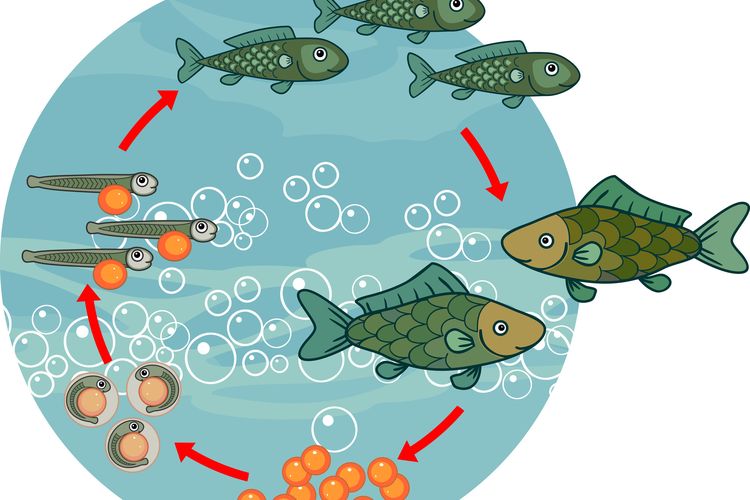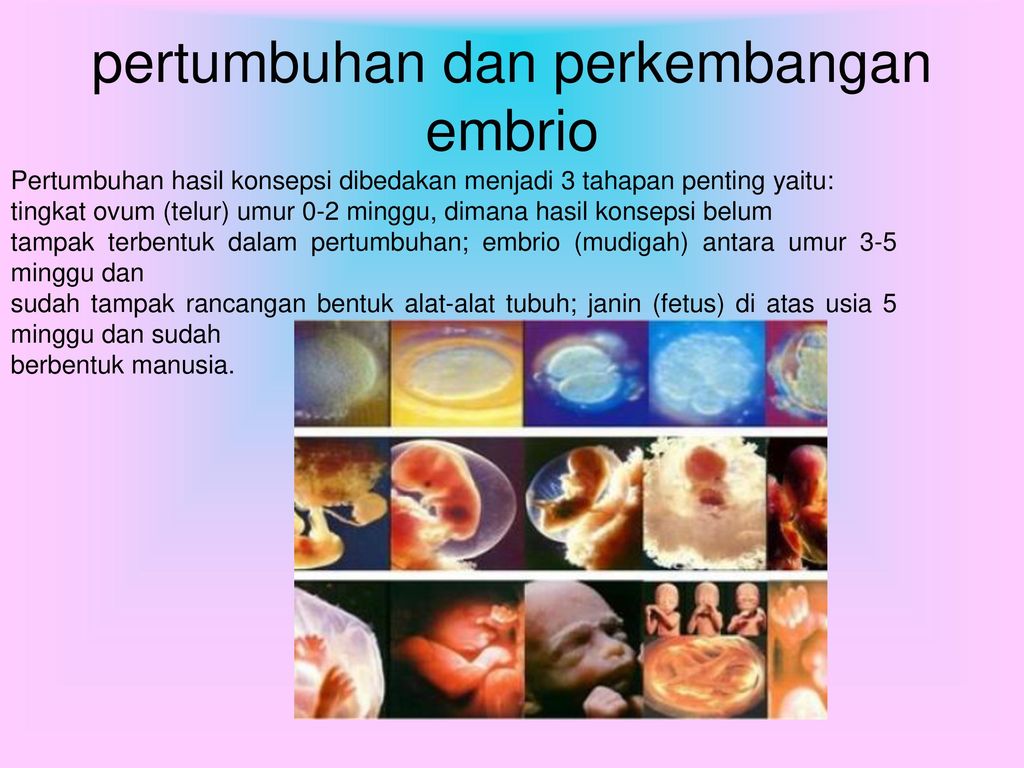
shows Ajagandha being similar to Gynandropsis and Tilaparni being similar to Cleome.

An effort is made to resolve the controversy by comparing the information of these plants from classical Ayurvedic texts and Modern texts in this article.Ĭompilation of all the data from LiteratureĬomparision of classical data with viscosa and G.gynandra characteristicsĬonclusion is made on the basis of observationsĬomparisons of all the above discussed classical plants with Cloeme viscosa, Linn. are having multiple classical identities like Ajagandha, Tilaparni, Suvarcala, Brahmasuvarcala and Adityabhakta. The plants of this study fall under second category.

Parpata, Rasna, Amlavetasa, Bharangi, Pasanabhedaīotanically identified single plant with multiple classical identities eg. Single classical plant having multiple botanical identities eg. The controversy regarding a plant is found to be of two types mainly. When we refer the classical text like Caraka Samhita, it becomes important to know the exact medicinal plant mentioned in the formulation or treatment. Plant collected from Cuddalore district of Tamil Nadu was found to contain relatively high amount of marker compound apigenin than other regions.Ĭontroversy in identification of medicinal plants has been a problem since ages. The Rf value of standard apigenin and apigenin in the leaf extract of Cardiospermum halicacabum was found to be in the range of 0.80 to 0.89. The developed chromatogram was scanned at 254nm using Camag Scanner III. The HPTLC method was performed using HPTLC aluminium sheets precoated with Silica Gel 60 GF254 as stationary phase and Toluene: Ethyl acetate: formic acid: methanol (3:6:1.6:0.4 v/v) as the mobile phase. The present study mainly aimed to estimate the content of major constituent apigenin present in Cardiospermum halicacabum collected from 21 districts of Tamil Nadu by HPTLC method using the marker compound apigenin. Apigenin is one of the major constituent present in Cardiospermum halicacabum. Transfer of these germinants to gelled media withoutPGR's led to the development of normal plantlets.Cardiospermum halicacabum is one of the most potent medicinal plants used in Indian traditional systems of medicine for the treatment of various diseases, mainly for arthritis. The media were supplemented with0.1-2.0 mg/l BAP and 0.1-2.0 mg/l kinetin in combination with0.01 mg/l ABA each for supporting growth and development.The cultures was incubated at 26+1oC under a 12-hphotoperiod with lighting providing an intensity 20 μmolesphotons/m2/second for 11 weeks with replication 10 times.The results showed that the highest of somatic embryoproliferation was achieved in a culture medium with BAP at0.5 mg/l + 0.01 mg/l ABA with an expression rate of 94%, thebest maturation at 1.0 mg/l kinetin + 0.01 mg/l ABA with anexpression rate of 93.5% and the most germination at 2.0mg/l kinetin + 0.01 mg/l ABA with an expression rate of100%. pH of media was adjusted at5.6 before sterilized. Cotyledonstageof somatic embryo derived from shoot tip culturescultured on Modified Murashige-Skoog (MMS) with halfstrengthmacro-salts and added with 30 g/l sucrose, 2 g/lgelrite, 1 g/l activated charcoal. Kindsand concentration of plant growth regulators (PGR's)influence to growth and development of somatic embryos.The research was conducted to determine the optimal concentrationof BAP and kinetin for proliferation, maturationand germination of sago palm somatic embryos. Somatic embryos induction in sago palm(Metroxylon sagu Rottb.) have succesfully developed.

Effect of Kinetin and BAP to Growth and Development ofSomatic Embryos of Sago Palm (Metroxylon sagu Rottb.).Imron Riyadi.


 0 kommentar(er)
0 kommentar(er)
